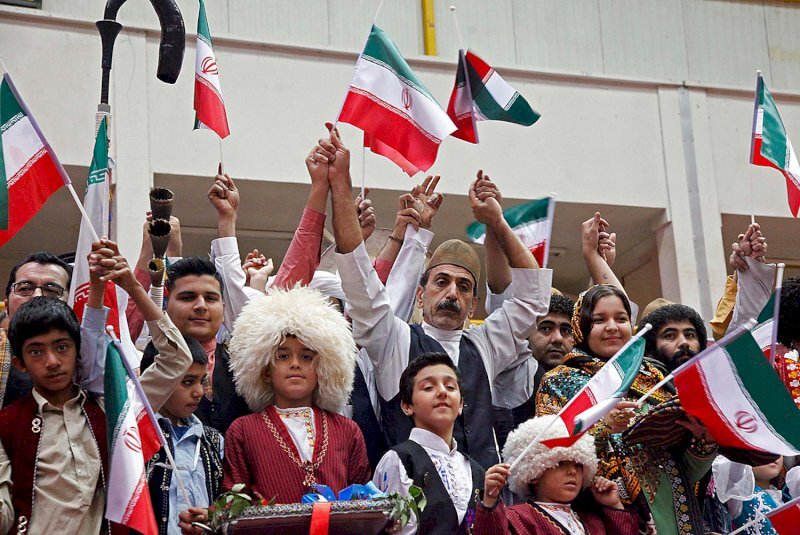Ethnic groups’ festival to promote Gorgan Great Wall as tourist destination

TEHRAN –A national festival dedicated to Iranian ethnic groups and heritage, which will be open to the public in the northern province of Golestan on Thursday, is planned to promote the Great Wall of Gorgan as a top tourist destination in the region, CHTN reported on Friday.
The festival’s posters are planned to feature the Great Wall of Gorgan, to promote it as a travel destination and the province’s symbol, said the provincial tourism chief Mohammad Javad Savari.
The 15th edition of the festival will also focus on the economy of the ethnic groups as well as their culture, the official added.
The festival will feature regional arts, handicrafts, souvenirs, culinary traditions, and tourist-attraction exhibits, as well as crafts workshops and live performances, he stated.
In spite of the fact that this is a national festival, guests from neighboring countries along the Caspian Sea are invited, he noted.
The festival will provide a platform for social mobility and cultural dynamism to spread across the province of Golestan and the rest of the country, he mentioned.
Situated in the city of Gorgan, the capital of northern Golestan province, the defensive wall is about 200 km in length, and it was built to prevent the invasion of the northern tribes. It is said to be the longest architectural work of ancient Iran, which was built in 90 years.
Also known as Red Wall, which in some ancient texts is referred to as the Red Snake, this wall is the longest brick ancient barrier between Central Europe and China, longer than Hadrian’s Wall and the Antonine Wall put together and the third-largest wall in the world after the walls of China and Germany.
Most parts of the gigantic monument are still hidden underneath the surface through some segments that have so far been unearthed and even restored to their former glory. Archaeological excavations have so far identified ditches, brick kilns, earthen dams, water canals, 38 forts, and watchtowers attached to the wall, and more than 25 castles in the southern margin of the wall as well as several ancient sites from prehistoric, historic, and Islamic eras.
The gigantic barrier is also more than three times the length of the longest late Roman defensive wall built from scratch, the Anastasian Wall west of Constantinople. The combined area of the forts on the Gorgan Wall exceeds that of those on Hadrian’s Wall about threefold.
According to UNESCO, the Gorgan Wall is remarkable not only in terms of its physical scale but even more so in terms of its technical sophistication. To enable construction works, canals had to be dug along the course of the defensive barrier to provide the water needed for brick production. These canals received their water from supplier canals, which bridged the Gorgan River via qanats. One of these, the Sadd-e Garkaz, survives to 700 m in length and 20 m in height but was originally almost one kilometer long.
The Gorgan Wall and its associated ancient military monuments provide a unique testimony to the engineering skills and military organization of the Sassanian Empire. They help to explain its geographic extent, from Mesopotamia to the west of the Indian Subcontinent, and how effective border defense contributed to the Empire’s prosperity in the interior and its longevity. These monuments are, in terms of their scale, historical importance, and sophistication, of global significance.
Golestan is reportedly embracing some 2,500 historical and natural sites, with UNESCO-registered Gonbad-e Qabus – a one-millennium-old brick tower – amongst its most famous.
Iran is home to many regional people, including ones with Turk and Arab elements, in addition to the Kurds, Baloch, Bakhtyari, Lurs, and other smaller minorities such as Armenians, Assyrians, and Jews, among others.
Language, music, indigenous cuisine, clothing, songs, anecdotes, crafts, live performances, and local rituals such as celebrations and wedding ceremonies have always spurred many to experience life among the tribes.
ABU/MG
